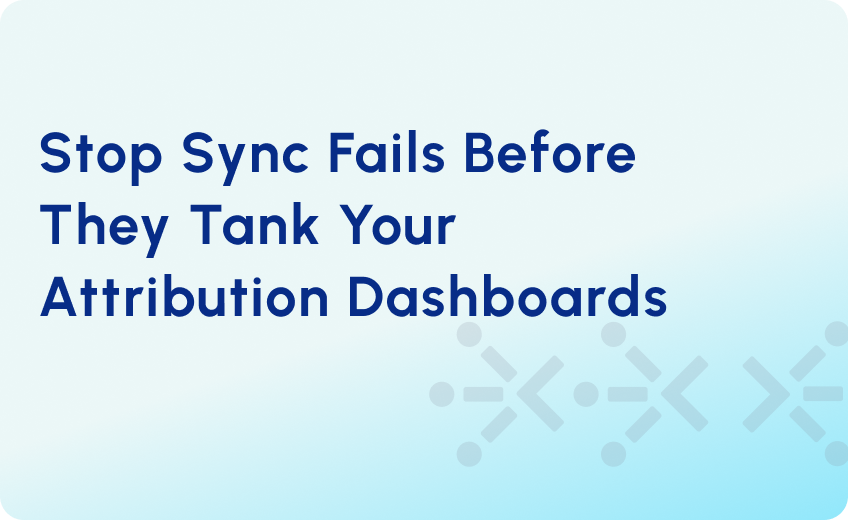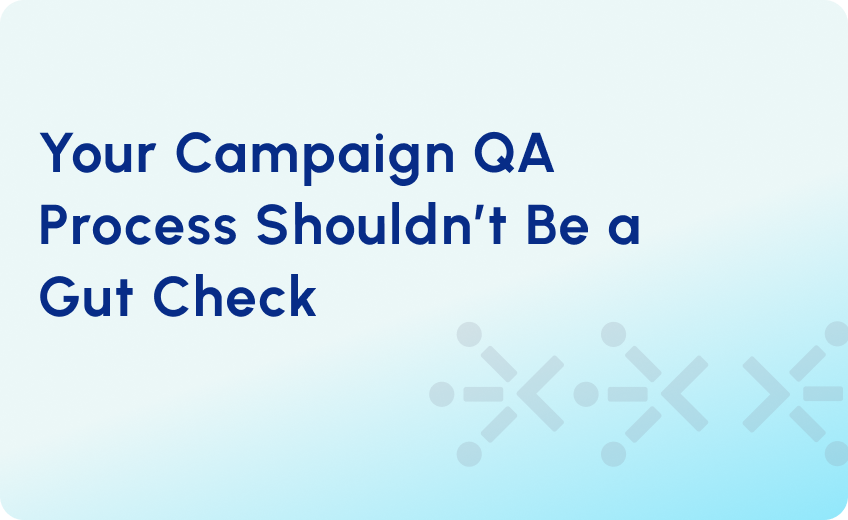
Marketo Cleanup Strategy That Protects Reporting Integrity
Your Marketo instance shouldn’t feel full of forgotten campaigns, untagged assets, and mysterious programs that “might still be doing something important.” Yet, that’s the reality for many marketing teams.
Deleting the wrong smart campaign can break lead scoring, wipe out historical attribution, or disrupt Salesforce syncing. So instead of cleaning up, teams just… stop touching anything. The result? Slower campaign performance, cluttered workspaces, and reporting riddled with outdated data.
The fix isn’t just “delete old stuff.” A reliable Marketo cleanup strategy protects your Marketo reporting integrity while streamlining day-to-day operations. When Marketo cleanup strategy is done right, cleanup removes noise, keeps attribution intact, and creates a sustainable foundation for future campaigns.
Here’s how to clean up without breaking a single report and why governance makes all the difference.
Why Marketo Cleanup Feels Risky
Cleanup projects often stall because no one wants to be the one who breaks something that sales or leadership still uses.
The solution: Start by surfacing why past cleanups failed. In most cases:
– Attribution fears: Revenue Explorer, multi-touch attribution, or Salesforce campaign syncs depend on programs with no clear documentation.
– Hidden dependencies: Smart campaigns reference lists or flows from years ago.
– Orphaned assets: Programs created for one-off events still influence scoring or reporting.
– Legacy logic: Old filters like “Member of List X” survive long after that list stopped updating.
Impact: When you understand exactly why teams hesitate, you can design a Marketo asset audit that removes fear from the process.
How to Implement Marketo Cleanup Strategy Without Affecting Reporting
Step 1: Create a Cleanup Candidate Tracker
You can’t clean what you can’t see. Start with a centralized list of all assets, like programs, forms, smart campaigns, static lists, and landing pages. Flag those that:
Tools like Campaign Inspector, Smart List filters, and consistent naming conventions speed up this discovery. But should you delete inactive assets right away? No; this is where Marketo program archiving comes in. Archive first, delete later.
Step 2: Archive, Don’t Delete
Archiving reduces clutter without killing history. Create a clear “\_Archive” folder structure so everyone knows what’s safe to ignore but still accessible for reporting.
- Keeps historical data intact for attribution
- Prevents accidental deletion of reporting-linked programs
- Allows easy recovery if something breaks
Also, don’t bulk-delete based on “last updated” alone. Some campaigns run on autopilot.
Pro tip: Keep assets archived before deletion for at least two reporting cycles, often 1–2 quarters.
Step 3: Map Reporting Dependencies
This is where a reliable Marketo agency protects Marketo reporting integrity. Build a map showing which programs, fields, and campaigns feed each critical report. Include:
- Lifecycle triggers
- Attribution campaign IDs
- Lead scoring logic
- Salesforce sync programs
Documenting dependencies also strengthens your RevOps Marketo maintenance process by making it easier for new team members to understand the reporting chain.
Step 4: Implement Campaign Governance
Without a governance model, clutter creeps back within months. Lock in:
- Naming conventions, like `2025-Q2-NA-Webinar-Topic`
- Program tags, like Region, Stage, and Channel
- Cloneable templates for nurture, events, webinars, etc.
Clear Marketo campaign governance ensures every new asset is easy to find, manage, and eventually retire.
Step 5: Make Cleanup Ongoing
A one-time cleanup only delays the next mess. Add Marketo program archiving and audits to your quarterly RevOps workflow:
- Identify orphaned lists
- Fix program-channel mismatches
- Consolidate redundant assets
- Flag campaigns with poor performance for review
Pro tip: Combine quarterly audits with other platform maintenance. For example, pair them with CRM sync checks or lead routing reviews for maximum efficiency.
Final Thoughts
A clean Marketo is a direct boost to campaign performance, reporting accuracy, and team confidence. Tracking assets, archiving before deleting, mapping dependencies, enforcing governance, and making cleanup routine help you remove the fear of “breaking something” for good. The payoff: Faster execution, clearer insights, and a marketing engine that stays ready for growth instead of drowning in digital clutter.
Ready to clean up your Marketo without breaking reporting? Let’s build a governance-backed strategy that keeps attribution intact and campaigns running smoothly. Get in touch with us today!




